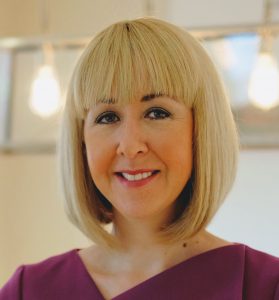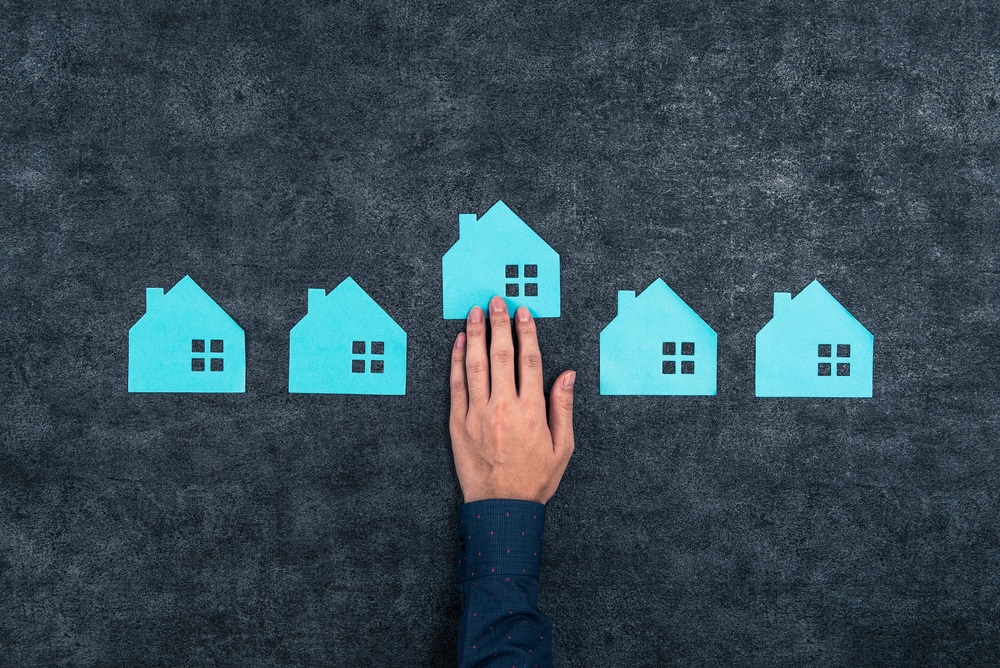If you are thinking of investing in a buy-to-let property, you should take into account the rental yield. Michelle Niziol explains how to do that and why it is important.

For landlords and property investors, one of the most important factors to consider when purchasing a property is its rate of return, better known as the rate of return on rental property or its return on investment (ROI).
However, throughout my 20 years in the property investment and management industry I have found that a great number my clients fail to give a property’s ROI its due consideration, but instead focus on superficial aspects, such as house size, location, luxury amenities and overall quality.
While these factors are important, the UK property market is long past the point in which investors could be generally certain they could flip their property in a year or two for a profit large enough to cover any short-term losses.
Whether due to Brexit fears, stagnant wages, or simply personal preference, the number of buyers in the UK housing market has seen a drastic decline over the past few years; meaning property investors must shift their perspective in order to remain profitable in this new landscape.
Whether you’re purchasing your first rental property, or adding to an extensive portfolio, your first step should always be to calculate your potential property’s ROI. As a rule of thumb, the most effective way to analyse a rental property’s ROI is to calculate its rental yield.
ROI as rental yield
In order to calculate rental yield, you must divide your property’s rental income by the initial cost of buying the property. This is usually expressed as a percentage.
This is done by taking the total amount of rent and subtracting all running costs (mortgage payments, insurance, repairs and maintenance, etc.), then dividing your answer by the total amount you invested to purchase the property (this should include all fees; including taxes, legal fees, survey fees, etc.). Remember, the higher the yield, the better.
Rental yield calculation example
Steve wants to be a landlord, he’s saved enough funds, has all his paperwork in order, spoken with his mortgage advisor and is now searching the market. Steve sees two properties that he likes. The first property costs £200,000 with a potential rental return of £800pcm. The second property costs £250,000 with a potential rental return of £950pcm. Which is the better investment?
Rental Yield formula:
mri = monthly rental income
tpp = total purchase price
Rental Yield = mri*12/tpp*100
Property 1 Property 2
Monthly rental income = £800 Monthly rental income = £975
Investment = £200,000 Investment = £250,000
£800 x 12 = £9,600 £957 x 12 = £11,700
£9,600 / £200,000 = 0.048 £11,700 / £250,000 = 0.047
0.048 x 100 = 4.8 % yield 0.046 x 100 = 4.7% yield
At first glance it may seem that Property 2 is the better investment due to its higher rental income, however Property 1 actually has the higher rental yield, due to its lower purchase price. Meaning, pound for pound, Property 1 is the better investment.
That being said, it’s important to note that these yields can change over time, as both house prices and rental income levels change.
What is a good return yield percentage?
In my experience, a good rental yield for BTL property is 4-5% or more. Any property with yields below this level could risk not bringing in enough income to cover running costs, such as ongoing maintenance, mortgage payments and those unforeseen, expensive problems that inevitably crop up when investing in a property.
Areas with high levels of rental demand or capital growth can be very tempting. Additionally, below-market-value properties can often seem like a good deal. However, if the rental return is only, say 3%, then month-by-month your income is unlikely to even cover the mortgage payments.
Points of consideration
While calculating the yield of a rental property is relatively straight forward, there are a few points to consider which can affect your calculations:
Void periods
Void periods are periods in which your property is not being rented out. Ignoring these periods is a common mistake, however, it is one that can easily throw off your calculations.
It is highly unlikely that your property will be occupied throughout all 12 months of the year, so when calculating your rental property’s yield, keep in mind that there will inevitably be times in which your flat sits empty.
Whether you’re in between tenants, are involved in heavy repairs, or at the very beginning of your investment, these down times must be calculated and prepared for. One way to accomplish this is to “stress-test” your property, by using 11 months’ worth of rental income when calculating your rental yield.
Total costs
When calculating your rental yield, it is important that you use the total figures in order to get the most accurate results. When using the total investment amount, it should include ALL your costs, which may include the following:
- Cost of property
- Tenant acquisition
- Insurance
- Mortgage fee
- Solicitor fees
- Survey fees
- Cost of refurbishments and repairs
- Running costs during void periods (e.g. council tax, insurance, etc.)
- Costs of furniture
Make independent yield calculations
Oftentimes when agents, or developers speak of yields, they can often sound incredibly appealing, and you should see this as a red flag.
This is because many agents who are motivated to sell you their property often make their calculations based on basic costs of the property only, essentially ignoring all the costs associated with buying the property (as per the list mentioned above). Without these added expenses, the yield will clearly be much higher, which makes the deal seem sweeter than it actually is.
As a responsible and detail-oriented property investor, you must make sure you perform your independent yield calculations to ensure the numbers that you see are what you’ll actually be taking home.
Michelle Niziol is CEO of IMS Property Group and Michelle Niziol Ltd














